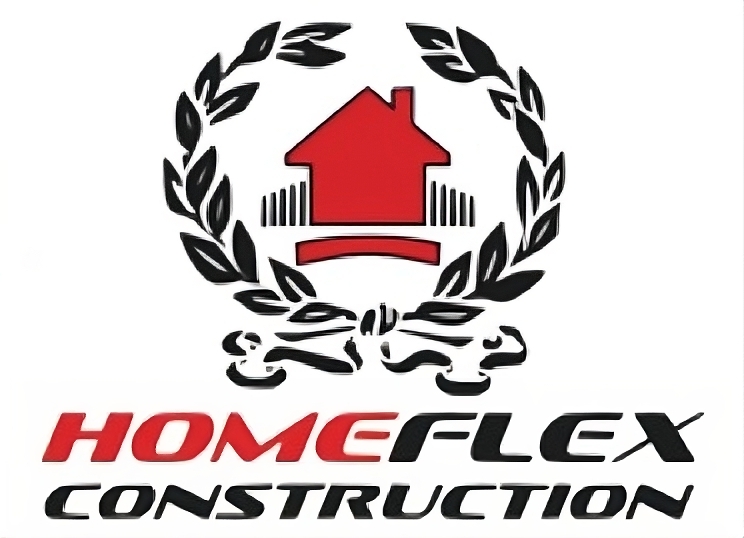The construction industry in New York City is evolving fast, and masonry, one of its oldest trades, is stepping into the future. Thanks to cutting-edge technologies, what was once seen as a purely traditional craft is now being reshaped with tools that improve precision, reduce waste, enhance safety, and boost overall project efficiency.
In a city known for its complex zoning rules, tight timelines, and architectural diversity, modernizing masonry work is not just innovative, it is necessary. From digital modeling to robotic bricklaying, NYC contractors are embracing new methods to keep up with demand while maintaining the beauty and integrity of their work.
Old Craft, New Tools: Where Masonry Meets Innovation
Masonry has always been admired for its durability and aesthetic appeal. But today’s urban challenges, like labor shortages, rising material costs, and environmental concerns, have pushed the industry to look for smarter solutions. The result? A new generation of masonry practices powered by technology, tailored for modern construction needs in a fast-paced city.
Let’s dive into the top ways technology is transforming masonry in NYC.
1. Building Information Modeling (BIM)
BIM has revolutionized how architects, engineers, and contractors plan and execute masonry projects. These digital 3D models allow teams to visualize a structure layer by layer, including its brick, block, or stone components, before the first material is laid.
In NYC, where buildings are often built in tight spaces and must meet strict codes, BIM reduces design conflicts, speeds up approvals, and makes scheduling more efficient. It helps masons understand the big picture while still focusing on individual wall systems with precision.
2. Robotic Bricklaying Systems
Imagine a machine that can lay thousands of bricks a day with laser accuracy, which is now possible with robotic bricklaying. These systems use advanced programming and sensors to follow preloaded designs, speeding up wall construction without sacrificing quality.
While still emerging in NYC, robotic bricklayers are being tested for mid-size commercial and institutional projects. They help reduce labor costs and physical strain on workers while delivering consistent results, especially on large flat walls.
3. Prefabrication and Modular Masonry Panels
Time is money in NYC construction, especially when weather or site restrictions create delays. Prefabricated masonry panels, where sections of walls are built off-site and transported to the job, offer a fast, high-quality alternative to traditional brick-by-brick building.
Contractors use factory-controlled environments to produce panels with perfect joints and finishes. These panels are then craned into place on-site, saving time and minimizing disruptions. Prefab systems are especially useful for multifamily buildings, schools, and commercial spaces on tight schedules.
4. Masonry Drones for Inspection and Site Mapping
Drones are now widely used in NYC construction, and masonry work is no exception. Equipped with high-resolution cameras and thermal sensors, drones can fly around buildings to inspect walls, scan for defects, and map entire job sites.
For large-scale projects or hard-to-reach facades, this eliminates the need for scaffolding or lifts during inspection. It saves time, improves worker safety, and delivers real-time data that helps contractors make informed decisions about repairs or installations.
5. Augmented Reality (AR) for On-Site Guidance
With AR headsets or tablets, masons can overlay digital instructions directly onto physical spaces. This helps teams follow complex brick patterns, align decorative features, or identify hidden infrastructure in real time.
In NYC’s intricate renovation projects, where new meets old, AR technology is becoming a helpful tool for restoring historic masonry while integrating new systems like HVAC or insulation.
6. Eco-Friendly Mortar and Smart Materials
As NYC pushes for greener construction, masonry materials are also evolving. New low-carbon cement mixes and smart mortars now offer better adhesion, faster curing times, and reduced environmental impact.
Some mortars even include self-healing properties, where tiny capsules of bonding agents fill cracks over time. This makes walls more durable and cuts down on future maintenance, a win for both builders and property owners.
7. Data-Driven Maintenance Tools
For property managers and contractors handling long-term masonry care, digital tools like sensors and smart maintenance apps track structural health over time. These tools monitor temperature changes, moisture levels, and wall movement, flagging potential issues before they become costly repairs.
In landmark buildings or high-traffic zones, this predictive maintenance approach is crucial for extending the life of brick and stone exteriors while avoiding disruptive emergency work.
8. Sustainable Masonry Practices
NYC is setting aggressive sustainability goals, and the masonry industry is responding with greener techniques. Contractors are now using recycled bricks, reclaimed stone, and locally sourced materials to reduce carbon footprints.
Many masonry companies also follow zero-waste construction methods, where every brick or block is tracked to minimize surplus. These sustainable practices not only meet city regulations but also attract eco-conscious clients and investors.
Conclusion
Masonry may have ancient roots, but its future in New York City is anything but outdated. With technology leading the way, today’s masons have access to tools that make their work safer, faster, smarter, and more environmentally friendly. Whether it is using drones for inspections or laying bricks with robotic arms, the field is adapting to meet the demands of modern construction while staying true to its timeless craftsmanship.
